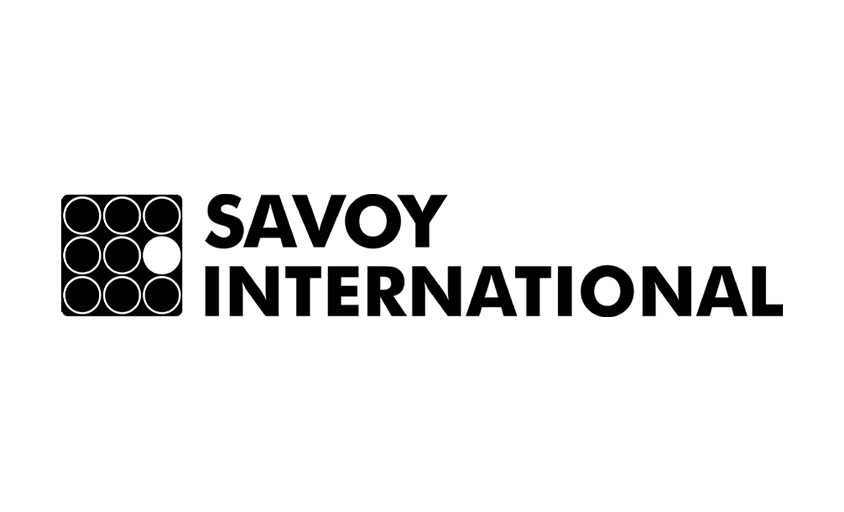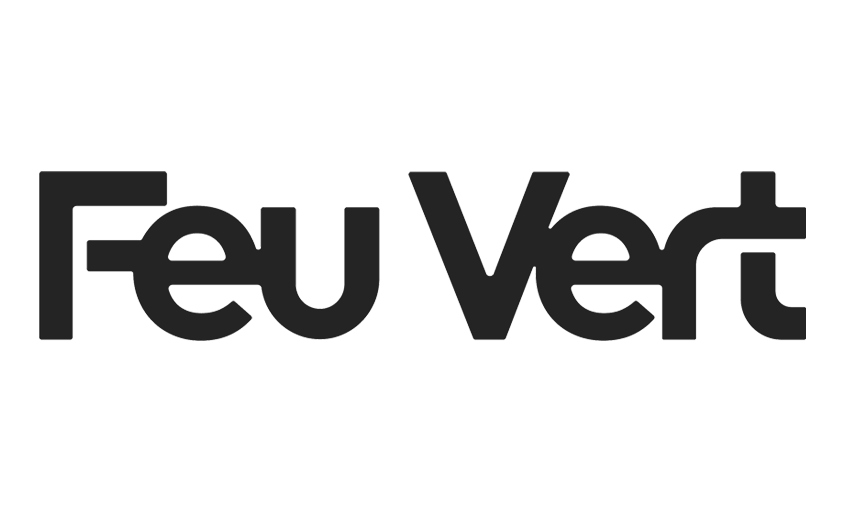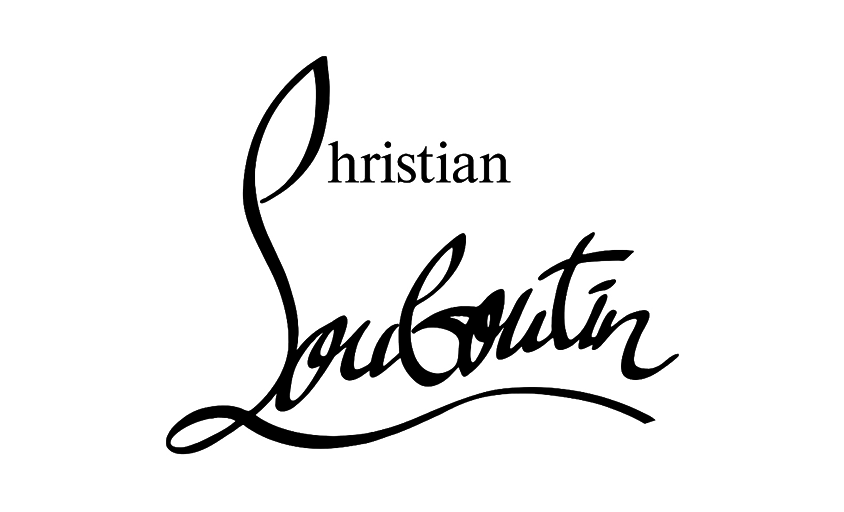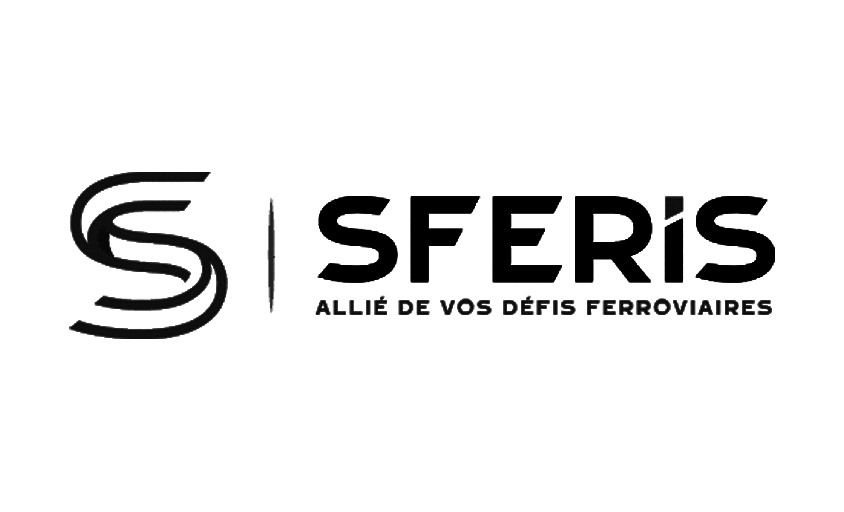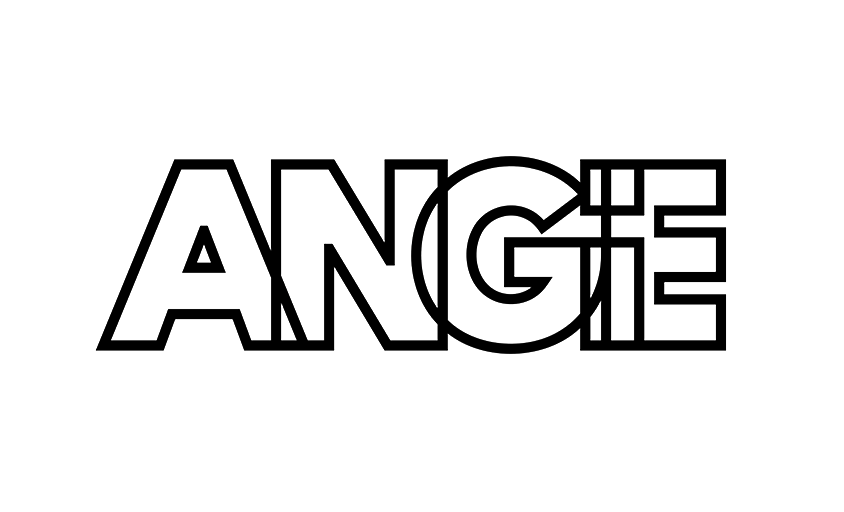Sports Photographer
In this article :
Sports photography is a unique discipline within the profession of photographer. It requires anticipation, technical skill, and a sharp sense of timing, demanding mastery of the moment like few other specialties. A sports photographer is not just a spectator; they are immersed in the action, close to the performances, tasked with capturing what the naked eye often doesn’t have time to notice.
In this article, we explore this fascinating profession where speed, emotion, and precision intertwine with every shutter release.
A field-based profession, blending immersion and instinct
A match, a race, a demonstration, everything happens very quickly. The sports photographer must be able to read the game, feel the action, and anticipate movements. It’s not just about pressing the shutter at the right moment, but being in the right spot, with the right settings, ready to capture the decisive gesture or raw emotion.
On an athletics track, at the edge of the field, or in the heart of a skatepark, the photographer works with environments that are often noisy, unstable, and sometimes unpredictable. They must know how to remain discreet, mobile, reactive, and sometimes even daring.
A visual writing of intensity
Sports photography tells more than just the achievement. It reveals effort, tension, concentration, joy, or defeat. A tense face at the moment of a sprint, a hand reaching over the net, a dive suspended in the air, each shot is a condensed narrative.
Some photographers choose to freeze the action with very fast shutter speeds, while others play with motion blur to convey the feeling of speed. Still others focus on moments outside of the competition: pre-game rituals, exchanged glances, the silence after a race.
The different worlds of sports photography
There isn’t just one kind of sports photography; there are distinct specializations, each with its own set of rules:
- Photographing team sports (football, rugby, basketball, etc.): where you need to capture both individual action and collective intelligence.
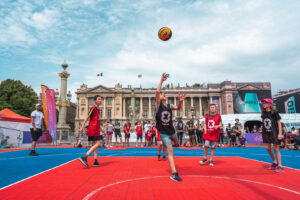
- Motor sports (Formula 1, moto, rallying): highly technical, often photographed from a distance or in ultra-precise bursts.
- Outdoor/extreme sports (trail running, surfing, mountain biking, climbing): require great mobility, sometimes in extreme conditions.
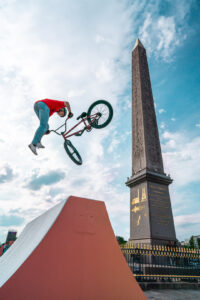
- Combat sports and gymnastics: play of shadows and muscles, bodies in tension or controlled movement.
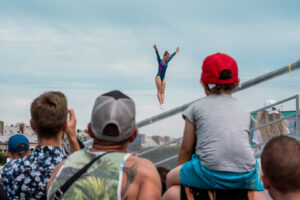
- Paralympic sports: where the photographic gaze also plays a strong social and narrative role.
Equipment
Sports photography is technically demanding and requires robust and responsive gear:
- High-speed cameras (10 frames per second or more)
- Bright telephoto lenses (70-200mm f/2.8, 400mm f/2.8, etc.)
- Prime lenses for sharp, distortion-free shots
- Weather-sealed cameras to withstand extreme weather conditions
- Accessories: monopod, dual card slots, press photo vests, etc.
However, even the best equipment will never replace anticipation and the photographer’s eye.
A High-Pressure Job
Unlike other, more relaxed areas of photography, sports photographers often work under pressure. Events follow one another quickly, deadlines are tight, and the expectations from media or organizers are high.
In sports journalism, the speed of image delivery is crucial. Some photographers send their photos in real-time from the sidelines, using FTP connections integrated into their cameras. Others work in tandem with an image editor to ensure a constant flow of content.
Post-production is kept minimal: just enough to correct the lighting, balance the contrast, or make slight crop adjustments. The goal is to stay true to the captured moment, raw, real, and intense.
An Eye, a Breath, a Story
The great sports images are often remembered: Usain Bolt smiling at the camera during his race, Zidane with his head down after his red card in the World Cup final, Serena Williams in a fierce display of will to win… These images have become symbols. And behind each of them is a photographer, unseen but decisive.
Being a sports photographer is about combining a passion for sport with photographic precision. It’s about capturing what everyone sees, but few know how to transform into an iconic moment.
Conclusion
Sports photography is a profession that lies at the intersection of documentary and pure emotion. It requires stamina, courage, a deep knowledge of the sport, and flawless technical skill. Behind the frozen image, there are hours of waiting, focus, adjustments… and sometimes, a single second of grace. An image that tells it all.
At Rétines, our approach to photography is grounded in this attention to the moment and movement. Whether capturing the energy of an athlete or the dynamics of a professional environment, we believe in the power of the authentic, direct, and impactful image.
Jérémy Carlo is the editorial director at Rétines, where he ensures the consistency and clarity of all content produced by the studio.
Our Clients
Let’s discuss
What we do for you at Rétines
Meticulous work, an organised project and fast delivery. And to achieve this, we mobilise the right resources in our teams at the right time.
01
Pre-production
Artistic and technical direction tailored to the project.
Relevant recommendations on content, form and resources.
02
Photo Shooting
Photos taken by our experienced photographers.
Production that’s controlled, efficient and tailored to the needs of the project, with nothing superfluous.
03
Retouching
Technique
Photographs magnified by our retouching team.
Post-production to meet the commercial challenges of the brief.



